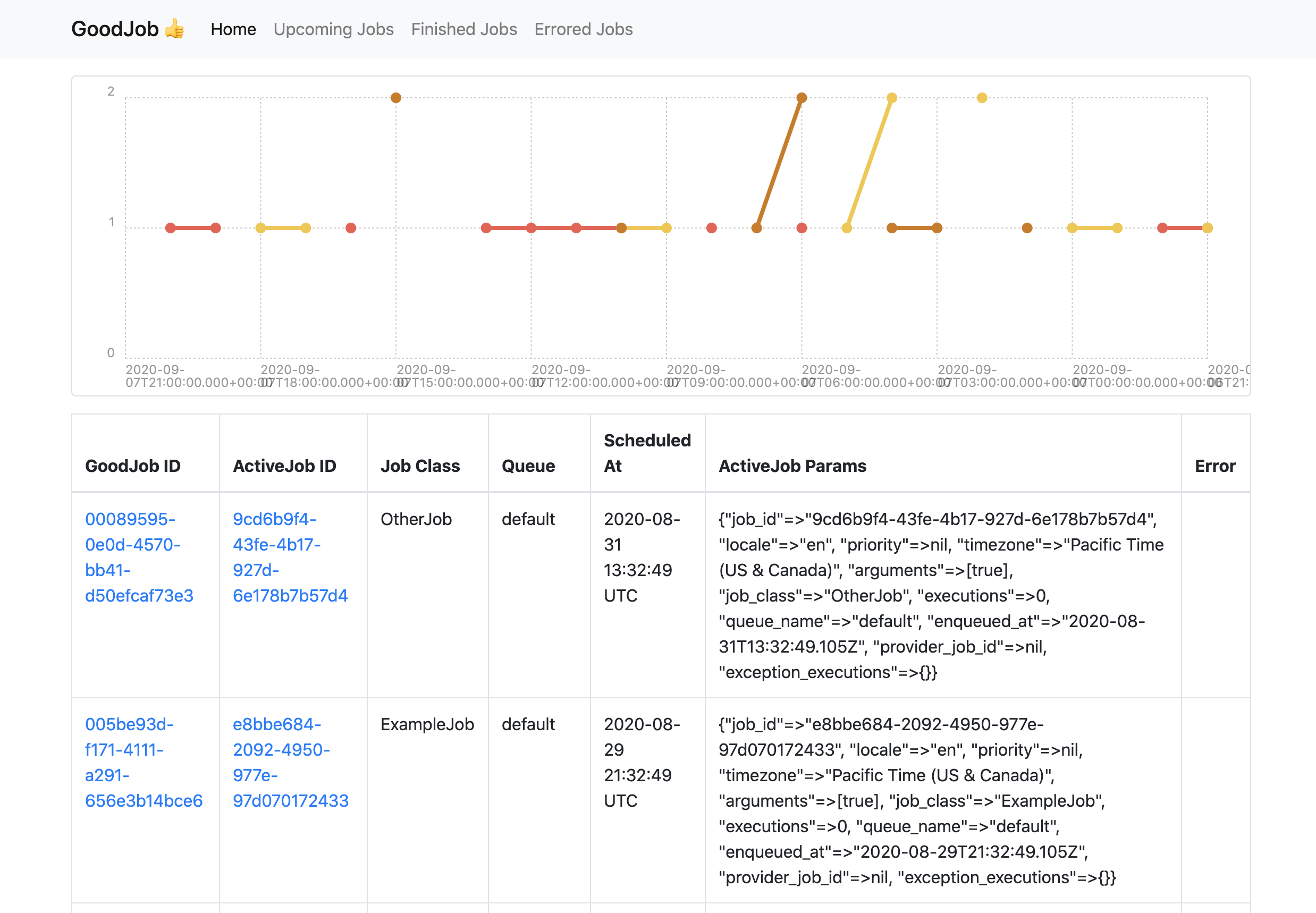Better by our own standards
This book review in the New Yorker of Charles King’s “Gods of the Upper Air” has been kicking about my brain for a long while, especially in regards to the phrase “variations within groups are greater than variations between groups” concretely in my work on accessibility, diversity, equity and inclusion.
The evidence proved, Boas said, “the plasticity of human types.” It also showed that variations within groups are greater than variations between groups.
…
Boas devoted his life to showing people that the science they were relying on was bad science. “He believed the world must be made safe for differences,” Ruth Benedict wrote when Boas died.
…
It’s true that Boas and Benedict spoke of “relativity,” and that at the end of “Patterns of Culture” Benedict refers to “coexisting and equally valid patterns of life which mankind has created for itself from the raw materials of existence.” But everything else in Benedict’s book contradicts the assertion that all cultures are “equally valid.” The whole point is to judge which practices, others’ or our own, seem to produce the kind of society we want. The anthropological mirror has a moral purpose.
The term “culture” is responsible for some of the confusion. We think that to call something part of a group’s culture is to excuse it from judgment. We say, That’s just the lens through which people in that society view the world. It’s not for us to tell them what to think. Our ways are not better, only different. What it all boils down to (to paraphrase Montaigne) is: We wear pants; they do not. That would be relativism.
But to say that a belief or a practice is culture-relative is not to place it beyond judgment. The whole force of Boasian anthropology is the demonstration that racial prejudice is cultural. The belief that some races are superior and some inferior is learned; it has no basis in biology. It is therefore subject to criticism.
Boas spent his entire life telling people that intolerance is wrong. King says that cultural anthropology pushes us to expand our notion of the human. That may be so, but it has nothing to do with relativism. King’s anthropologists are prescriptivists. They are constantly telling us to unlearn one way of living in order to learn a way that is better by our own standards.

